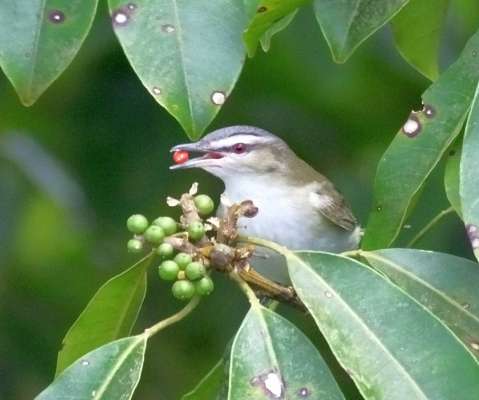The Brown and Peruvian Pelicans
10,000 Birds
OCTOBER 8, 2015
Brown Pelicans in non-breeding plumage. The Brown Pelican occurs in both the Pacific and Atlantic coasts of North America and northern South America. Both are the only Pelican in their non-overlapping breeding grounds. Peruvian Pelican in non-breeding plumage. Brown Pelican in Breeding Plumage.













Let's personalize your content